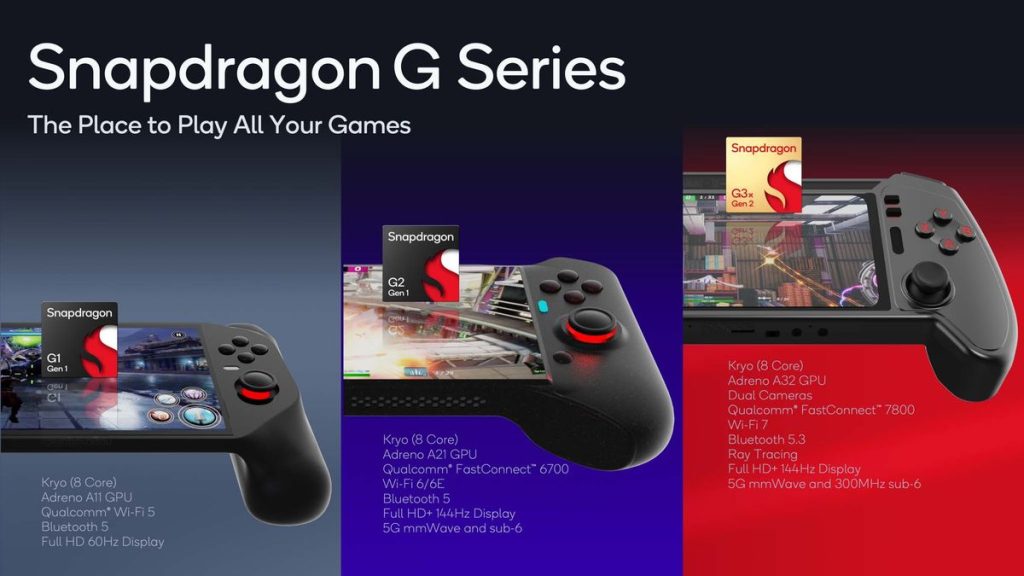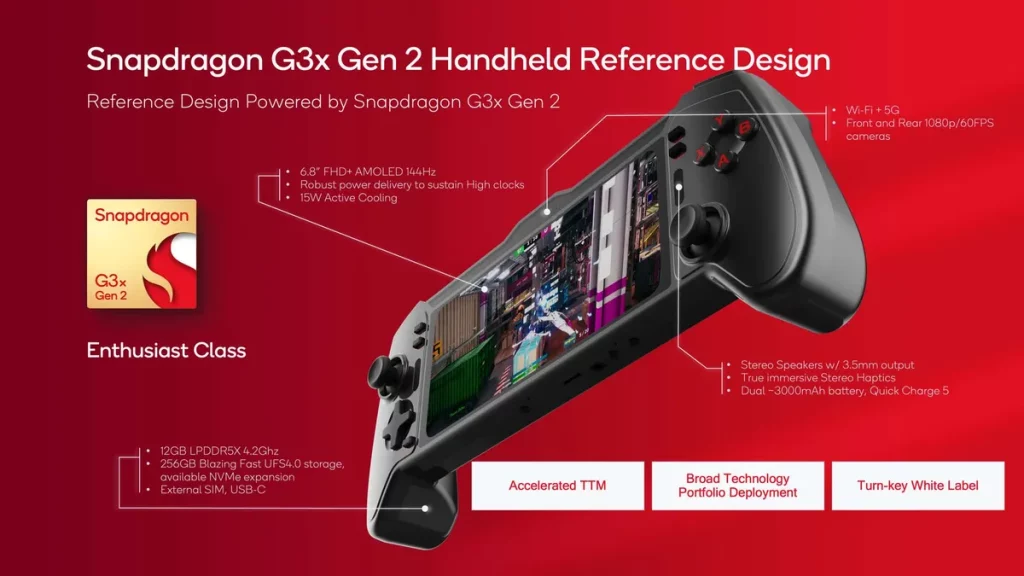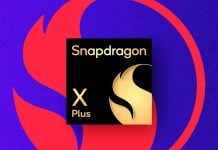Qualcomm has announced a new lineup of chips — Qualcomm Snapdragon G-series, which is focused on handheld gaming devices. In the lineup, the company has unveiled three chips — Snapdragon G1 Gen 1, Snapdragon G2 Gen 1, and Snapdragon G3x Gen 2.
These three new processors from the company are intended to work with different form factors and handle specific gaming needs. They differ from each other in terms of power and performance.

Qualcomm Snapdragon G3x Gen 2
This is the flagship offering from the company and is a successor to the Snapdragon G3x Gen 1, which is powering the Razer Edge 5G. It is claimed to offer 30 percent faster CPU performance and twice the GPU performance than its predecessor. The chipset comes with Qualcomm Kryo octa-core CPU and Adreno A32 GPU.
It also supports hardware-accelerated ray tracing as well as game super-resolution, and XR glass tethering. It comes with support for low-latency premium Bluetooth audio and Snapdragon Sound Technology Suite. There’s also Wi-Fi 7 High-Band Simultaneous (HBS) as well as 5G sub-6 and mWaveray tracing.

Qualcomm Snapdragon G2 Gen 1
It has a Qualcomm Kryo octa-core CPU and a gaming-optimized Adreno A21 GPU along with a Snapdragon X62 5G Modem-RF System and 5G and Wi-Fi 6/6E connectivity via Qualcomm FastConnect 6700 Mobile Connectivity System. This chip sits between the G3x Gen 2 and the G1x Gen 1 and is claimed to be capable of full-featured mobile and cloud gaming.
Qualcomm Snapdragon G1 Gen 1
This is the base version in the lineup, offering Qualcomm Kryo octa-core CPU and Areno A11 graphics processor. The company has said that it is a designed for fanless gaming handhelds and is mostly intended to power devices for cloud streaming.
As of now, there’s no information about when devices powered by these chips will hit the market, but the company has revealed that several brands are already collaborating for handheld gaming devices powered by the Snapdragon G-series platforms, including AyaNeo, Thundercomm, and more.
RELATED:
- Qualcomm to use TSMC’s N3E process next year alongside MediaTek, Won’t switch to Samsung
- Xiaomi 14 running MIUI 15 could be the first phone to use Qualcomm Snapdragon 8 Gen 3
- Qualcomm sets new world record for 5G speed with Snapdragon X75 modem at 7.5 Gbps
- Apple’s 3nm A17 Bionic beats Qualcomm’s 4nm Snapdragon 8 Gen 3 for Galaxy in alleged benchmark test
- Qualcomm might switch to TSMC & Samsung for next-gen chip, likely ditching Intel Foundry Services







